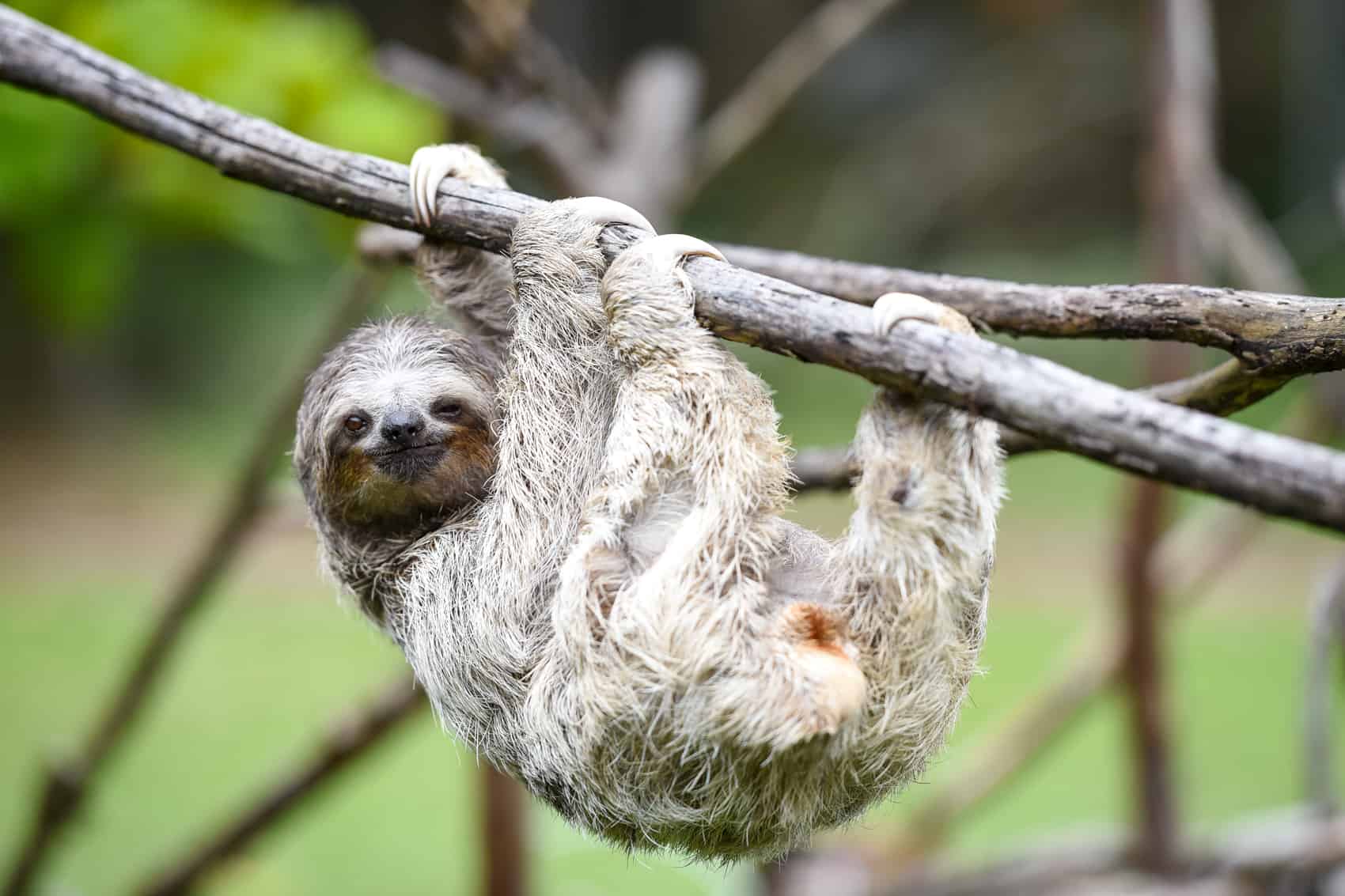Did you know that sloths can turn their heads almost all the way around? While this may sound like a superpower, it’s actually a fascinating adaptation that helps sloths thrive in their treetop habitats. A sloth can rotate its head up to 270 degrees, allowing it to look almost completely behind itself. This ability is particularly useful for these slow-moving creatures, as it helps them stay aware of their surroundings without having to exert the energy to move their entire bodies.
This incredible range of motion is made possible by the unique structure of a sloth’s neck. Unlike most mammals, sloths have extra vertebrae in their necks—up to three more than the typical mammal—which gives them the flexibility to turn their heads so far. This adaptation is similar to that of owls, which are also known for their extraordinary neck mobility.
For sloths, being able to see in nearly every direction without moving their bodies is a vital survival strategy. Sloths are known for their slow metabolism and energy-conserving lifestyle, which means they don’t move quickly to escape predators. Instead, they rely on their camouflage and stealth to avoid detection. Being able to turn their heads allows sloths to keep an eye out for danger, such as jaguars or eagles, without drawing attention to themselves by making large movements.
In addition to enhancing their ability to detect predators, a sloth’s head-turning capability also helps them locate food. Since sloths spend the majority of their lives hanging upside down in trees, being able to scan their surroundings for leaves and fruit is essential for their survival.
Finally, a sloth’s ability to turn its head up to 270 degrees is a remarkable adaptation that plays a crucial role in its survival. This unique feature allows sloths to remain vigilant while conserving energy, making them one of the most fascinating creatures in the animal kingdom.
Check out 11 other lesser known sloth facts.






